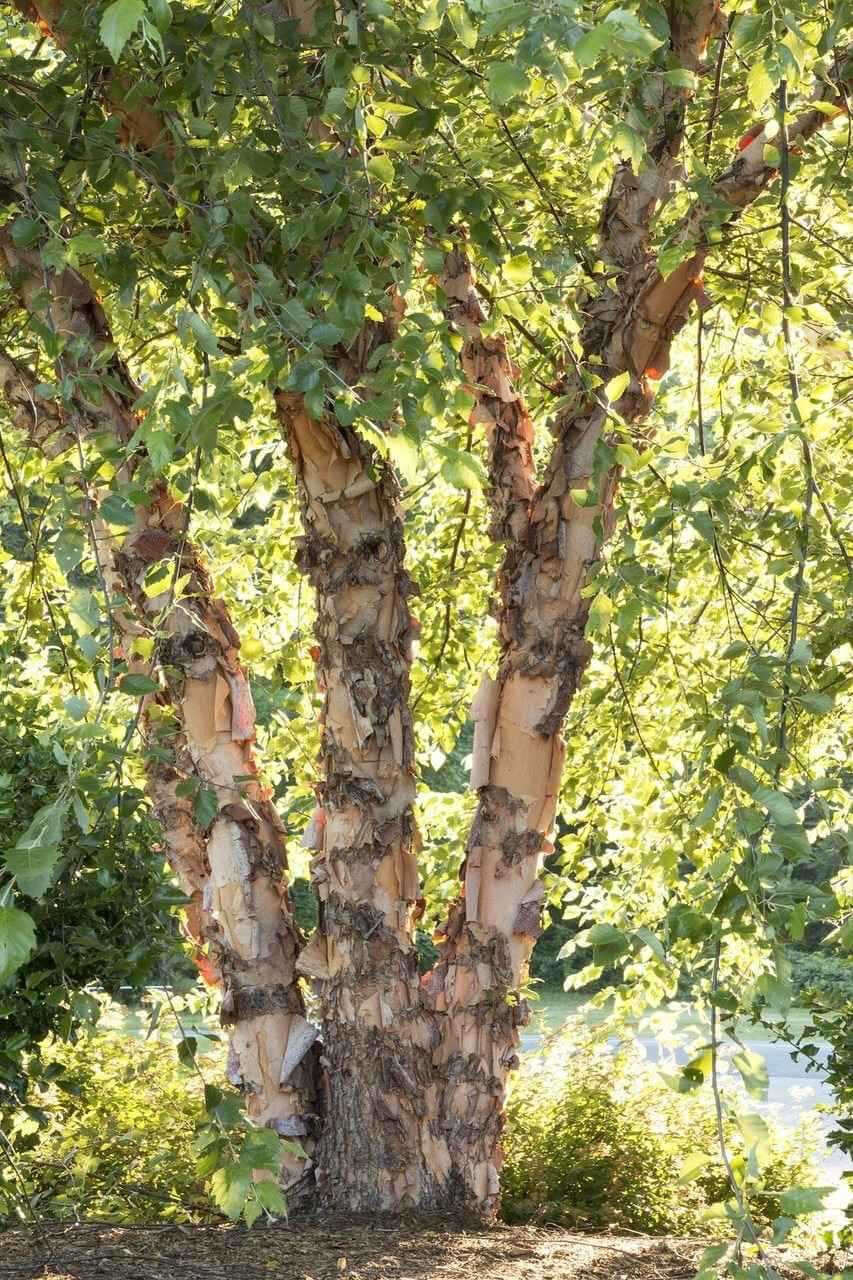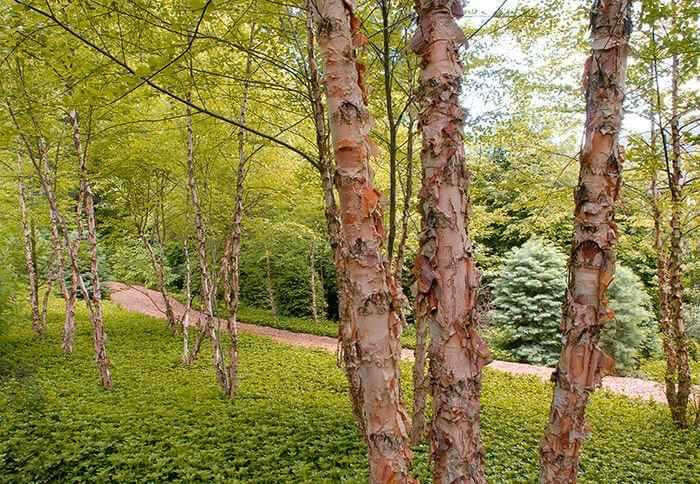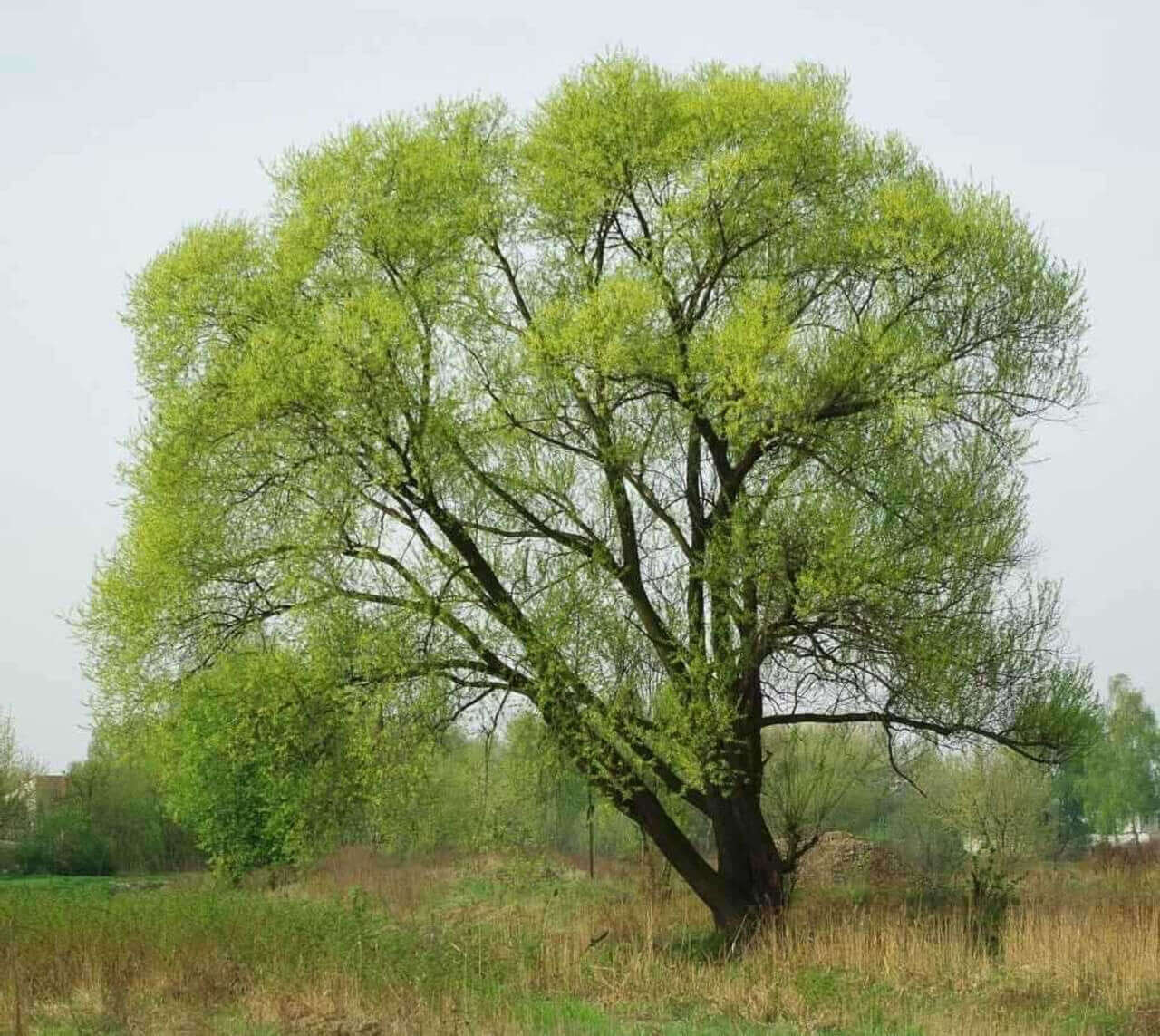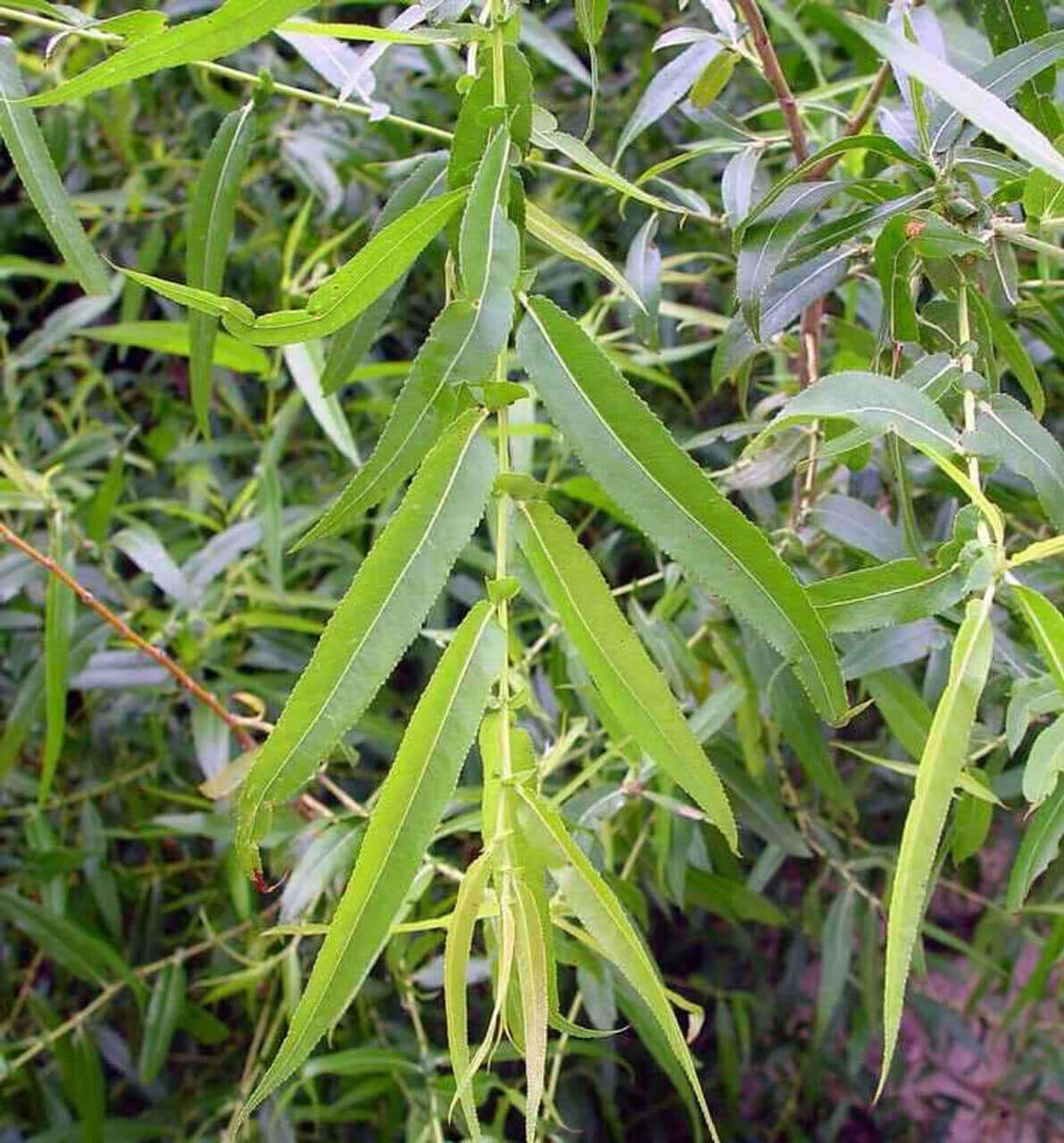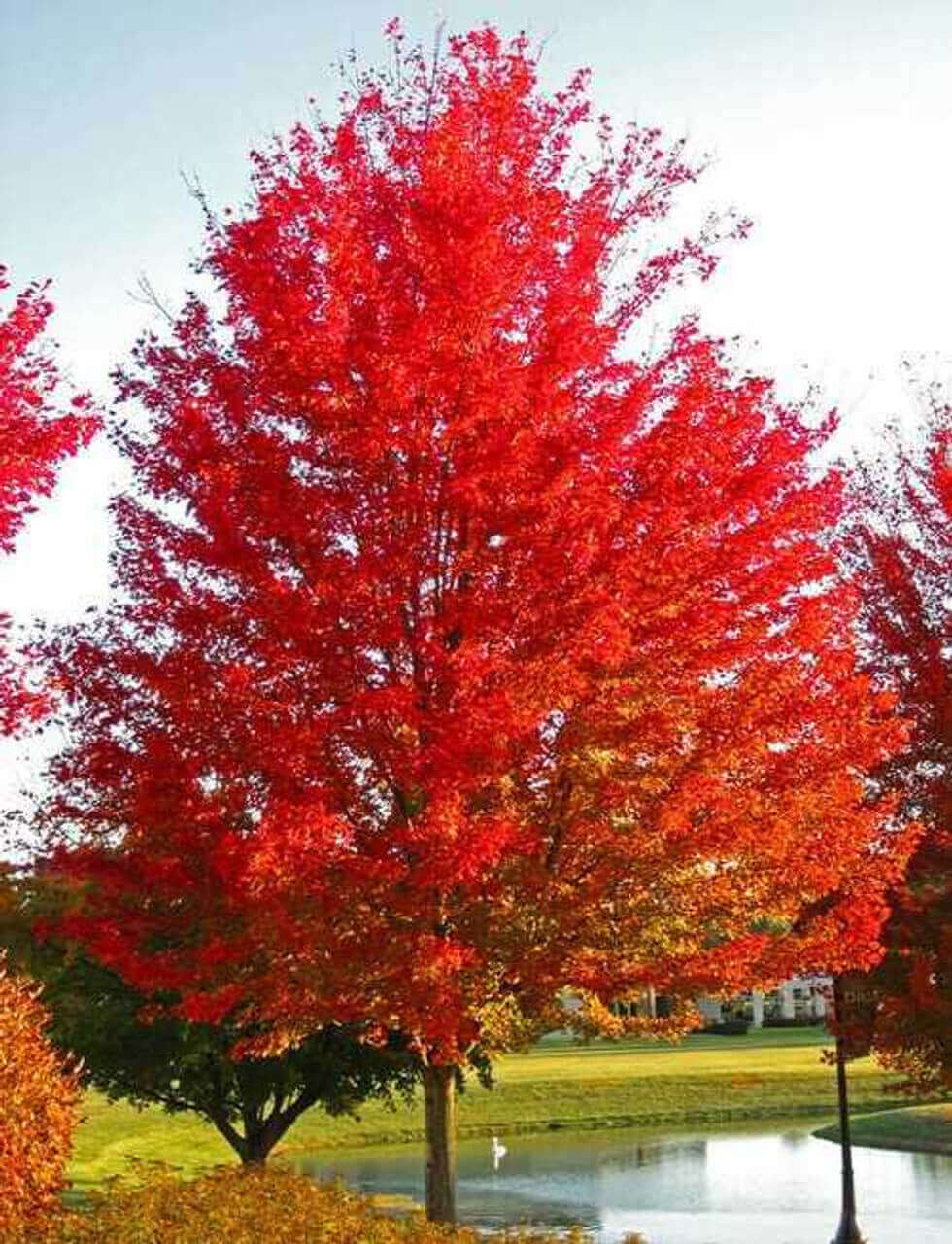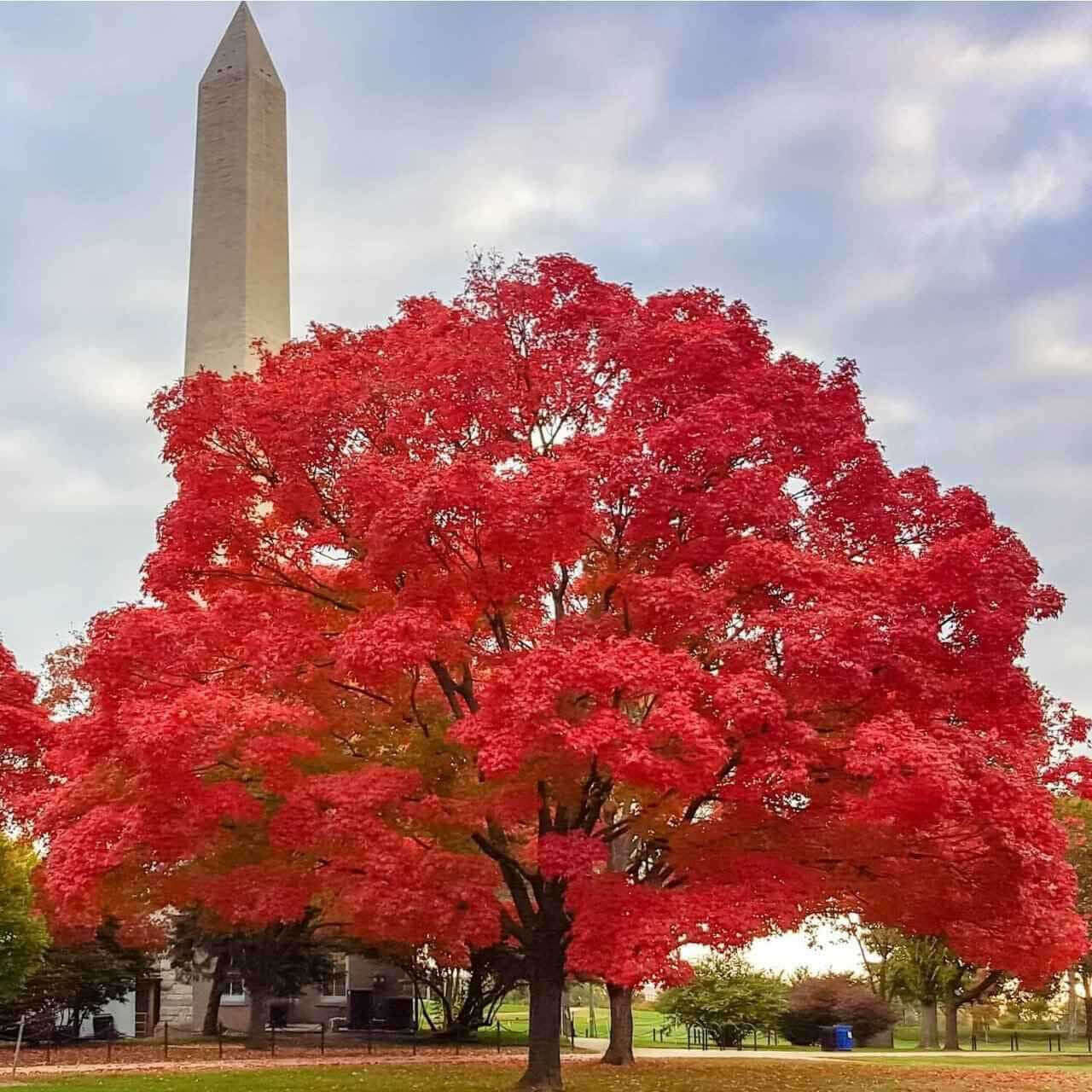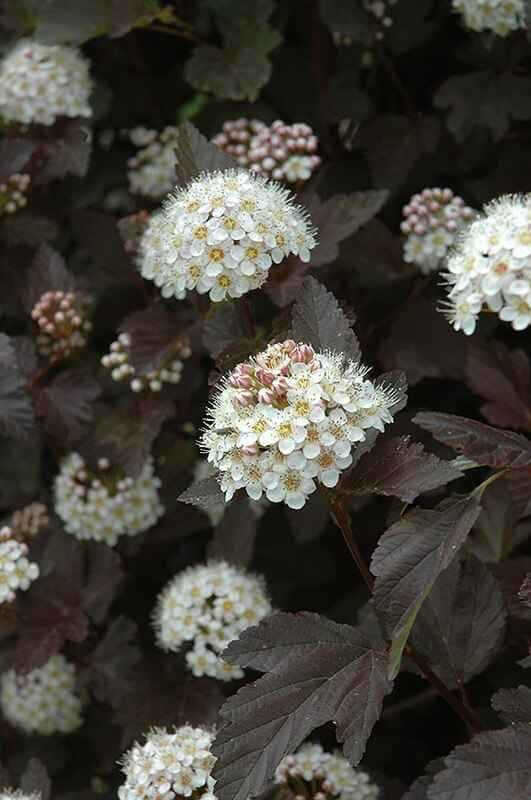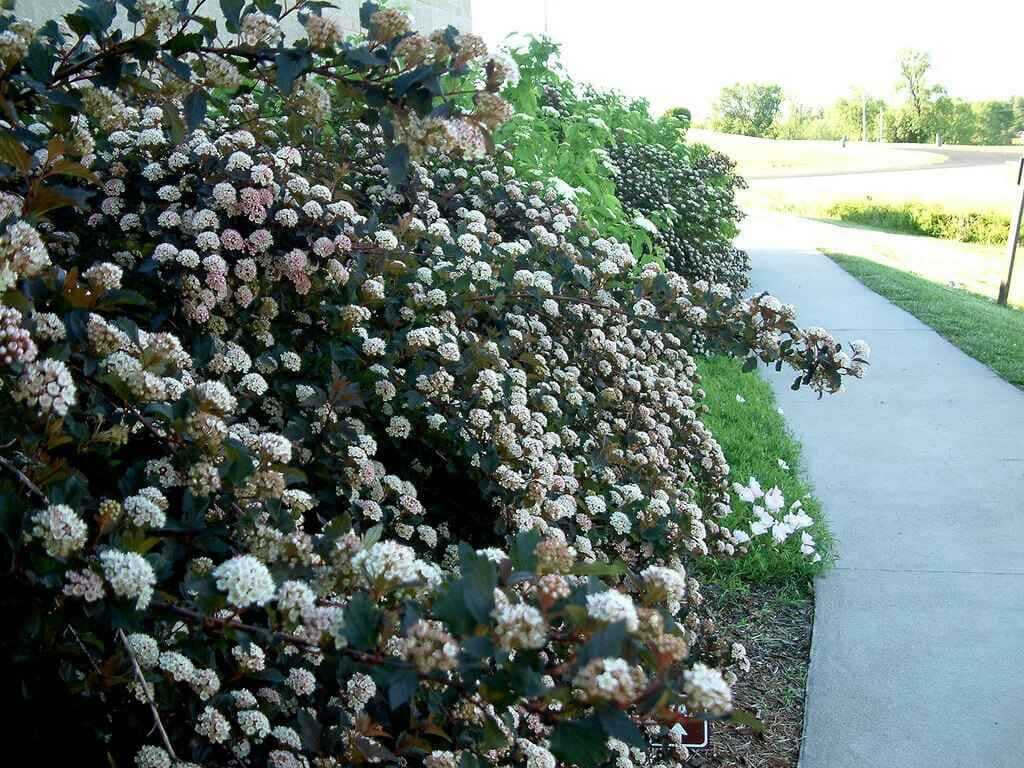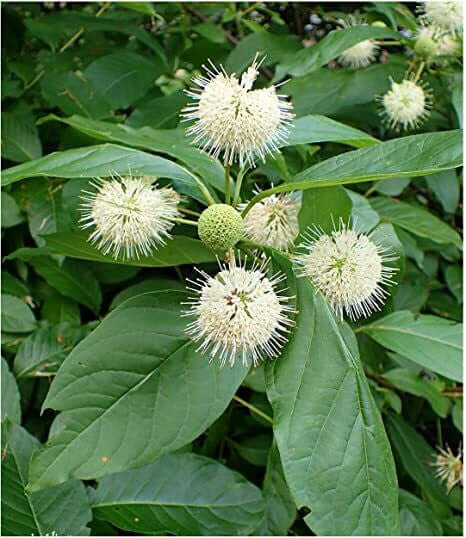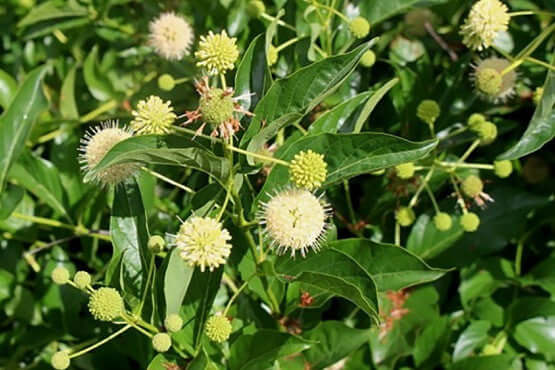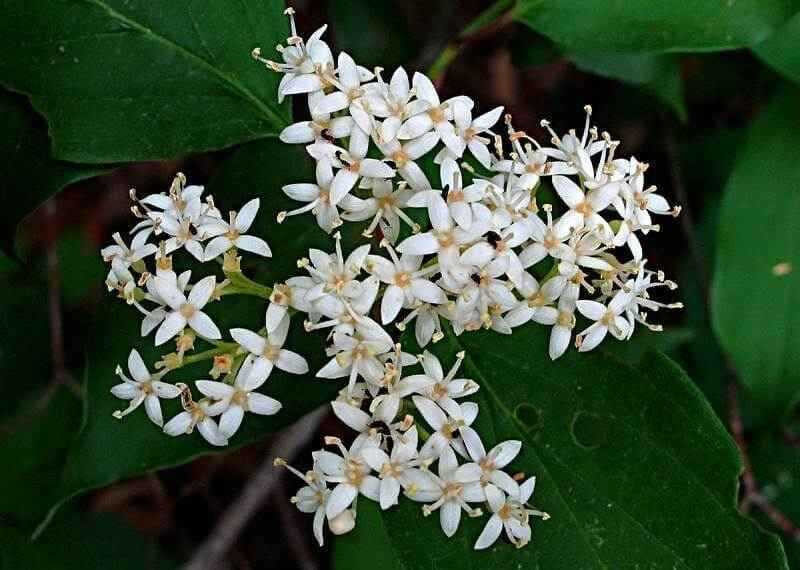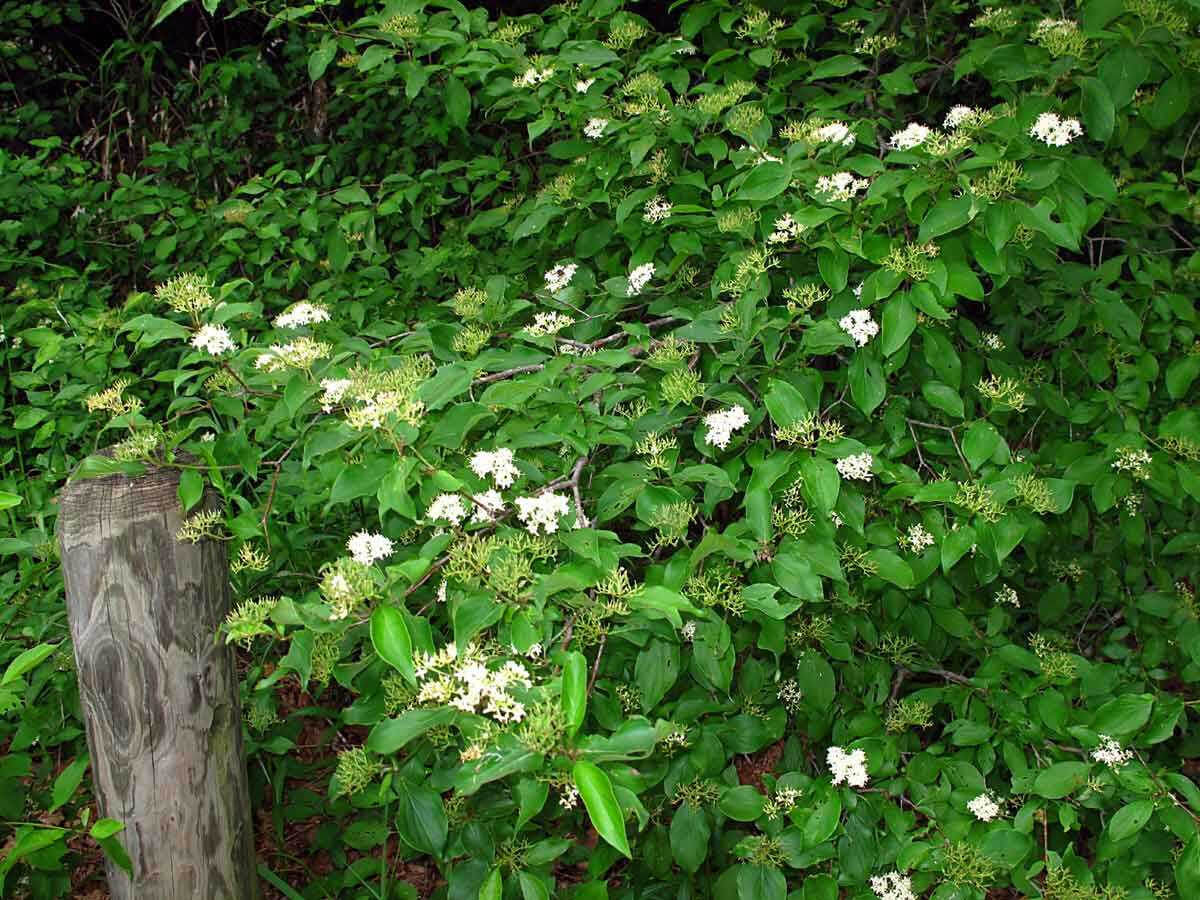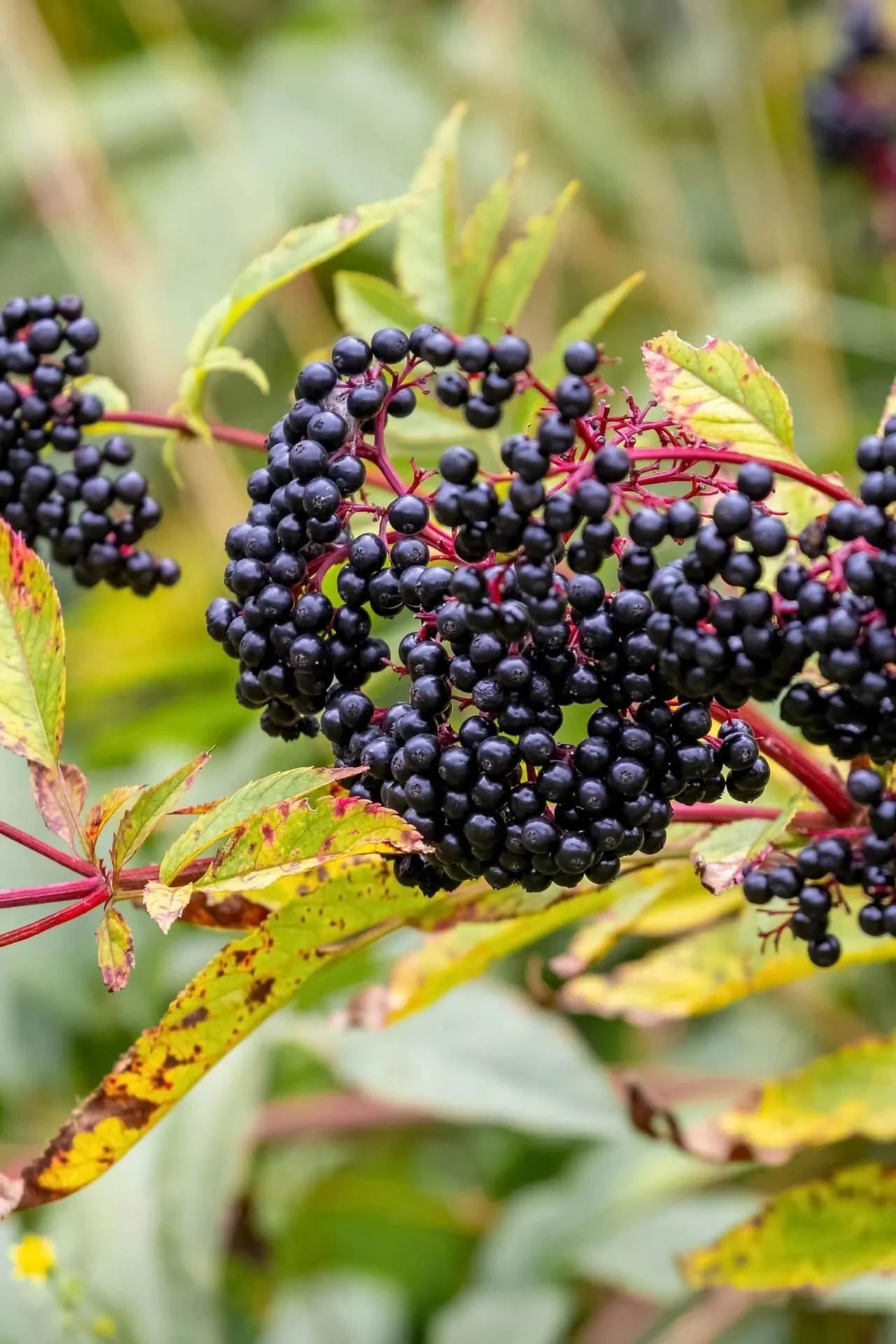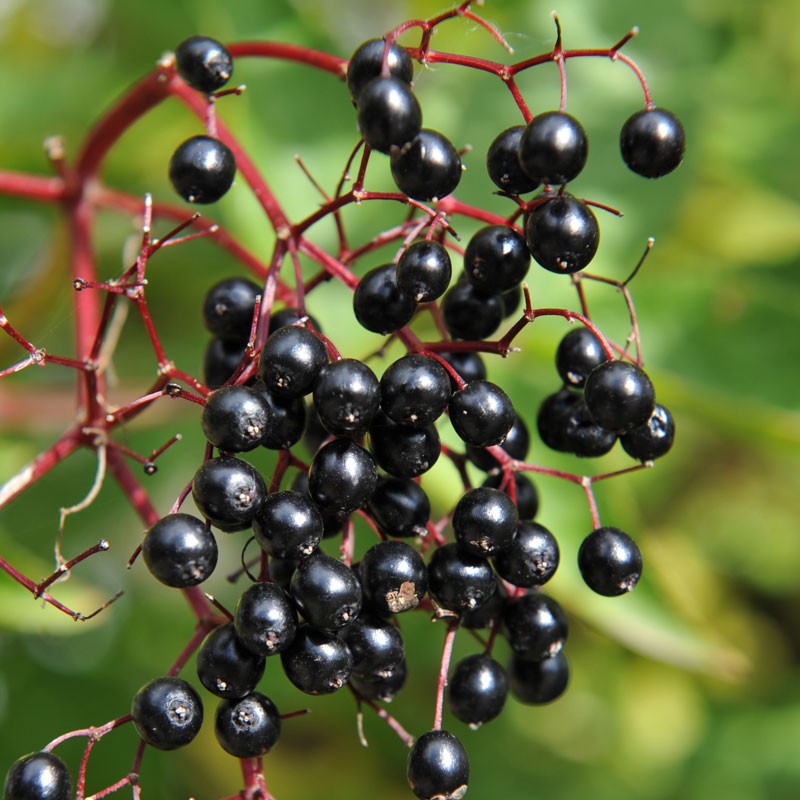Filters
Live Stake Uses in Wetland and Retention Areas
Planting live stakes is a great way to help restore wetland areas. They are cuttings from live plants planted directly in the ground. Here are some essential steps to follow when growing them for wetland areas:
- Choose the suitable species: Select native plants well-suited to wetland habitats. Good wetland plants for live staking include willows, red osier dogwoods, and bald cypress.
- Harvest the stakes: Take cuttings from healthy, mature plants during the dormant season (late fall to early spring). Please ensure the cuttings are at least 6 inches long and have several buds on them.
- Prepare the planting site: Remove any weeds or other vegetation from the planting area. Make sure the soil is moist and loose.
- Plant the stakes: Push the stakes into the ground at a 45-degree angle, ensuring that at least two buds are below the soil surface. Space the stakes about 3-4 feet apart.
- Water and maintain: Regularly water the newly planted stakes for the first few months to help them establish roots. Keep the area around the stakes clear of weeds and other vegetation that could compete for nutrients.
Live Stakes are easy to establish in trees.
Following these steps can help restore wetland areas and create habitats for various plant and animal species.




